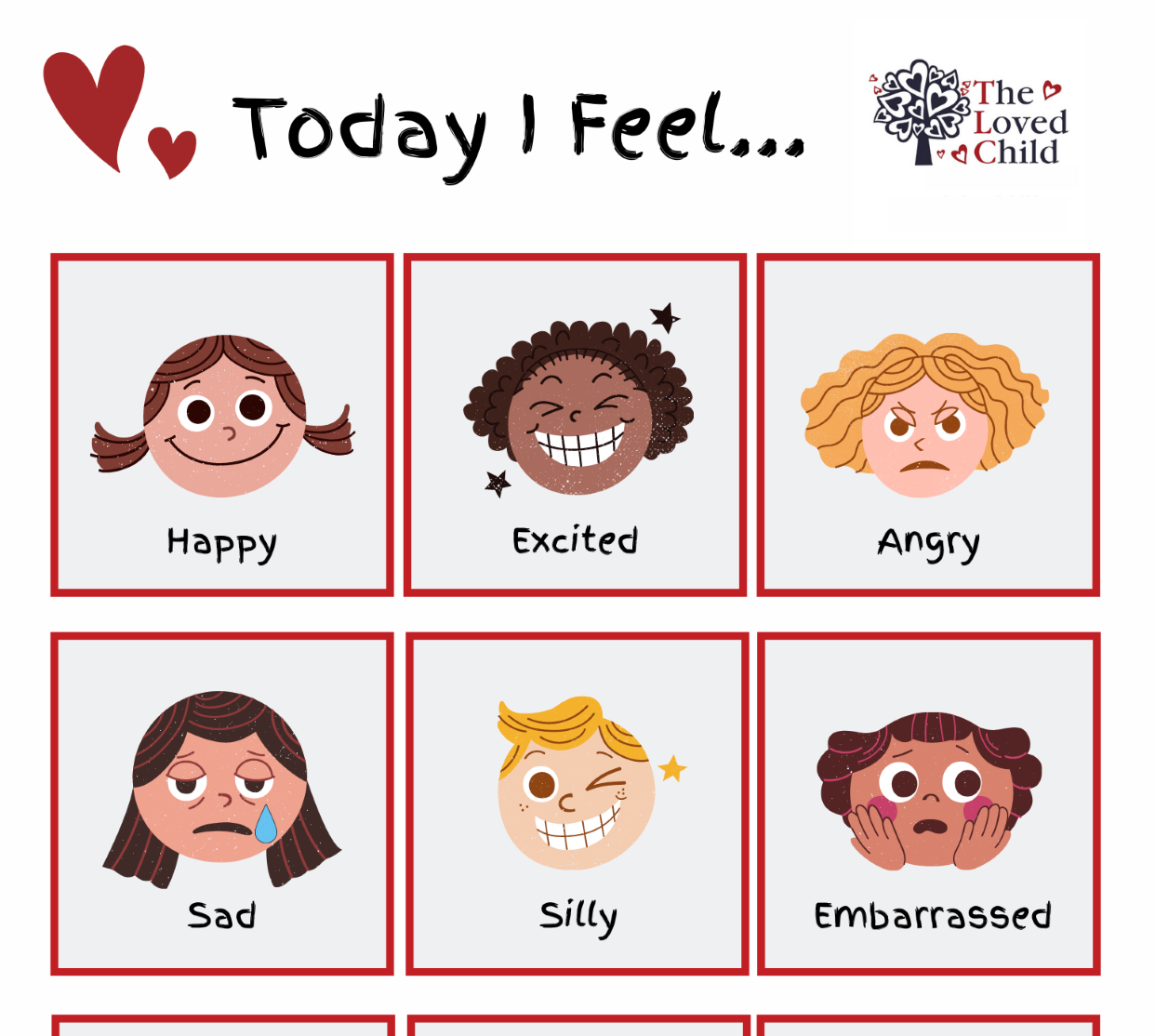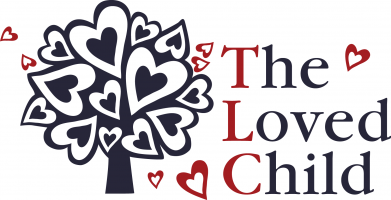
30 Oct TLC Feelings Chart: How to Build Emotional Intelligence in Young Children
If we could have our way, every home with young children would have TLC’s Feelings Chart posted on the kitchen wall. Imagine a baby, advancing from sitting, to pulling-to-stand, to cruising – all before taking steps alone and walking. Similar to how a baby learns to walk independently, little ones also advance through stages in emotional development.
In the first year of life, babies notice different emotions – such as how it feels when receiving a warm hug from daddy, or when watching mommy walk out the door, or when listening to a familiar lullaby. Then, between two- and three-years-old, when toddlers are often interested in gaining more independence, they will begin experimenting with their emotions – sometimes productively such as drawing an angry monster face, or depending on language skills, using words to describe how they feel. As we have all experienced, there are moments when toddlers express themselves less productively such as a full-blown tantrum when told it is time to leave the playground.
With patience and support, between the ages of three to five, young children will learn how to manage their emotions. This is when we observe little ones waiting to take turns and/or sharing a favorite toy. Some preschoolers are even practicing self-calming skills such as taking deep breaths (repeatedly, blowing out the candles, and smelling the flowers) or cuddling with a lovey.
Having a TLC Feelings Chart visible in the home reminds all family members to be mindful of how they are feeling in the moment. Hopefully, the more mature family members can model how to describe their feelings with words. Now is the time to build a healthy foundation of emotional intelligence and stability.
We welcome parents and loving caregivers to print out our TLC Feelings Chart and share it with their children.
Download a free, printable TLC Feelings Chart HERE


